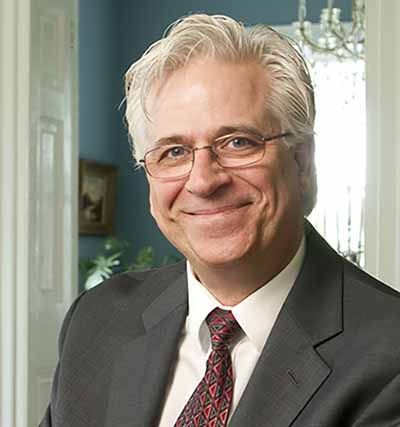HISTORY OF COLESVILLE, MARYLAND
Drumeldry:
Patented in 1715 and containing 225 acres, it extended from the Northwest Branch, near the Indian Spring Country Club, across Notley Road to Shannon Drive. 14201 Notley Rd. is in Drumeldry, now known as Drumeldra Hills.
Coalsville or Colesville:
The name “Coalsville” is first found in the 1804 Montgomery County tax assessment records, a 2 ¾-acre rectangular plat located at the intersection of New Hampshire and Notley Road. That it was “Coal” and not “Cole” is insignificant because the 2 spellings of the family name were used interchangeably in records. How the tiny tract received its name is a mystery. No record of early settlers in the Colesville area with the name Cole or Coale has been found, yet someone with the name must have run a store there for some years to have the site assume his name.
A 20th-century resident of Colesville has said that her grandfather, Michael Peter, lived in the original Cole house, a log-cabin structure originally, with a joist outside the entrance to the cellar where the letters C-O-L-E are chiseled. The “Cole House” once stood on the northwest comer of today’s Notley Road and Paula Lynn Drive.
Notley Road (West):
Notley Road (west) was a private roadway at least as early as 1855 when it ran from Bonifant’s road to the farm of William 0. Neal, to John Sharretts’ dwelling house on Drumeldry, and then to the north-south road, which today is New Hampshire Avenue. It is likely that when John Berry owned Drumeldry during the latter part of the 18th century, he used a portion of today’s Notley Road as a private roadway.
Notley Road (West) is significant for several historical reasons. A girls’ finishing and boarding school operated at the site of Drumeldry in the 1830s. The first Colesville Elementary school was located at the site of Colesville Manor Park and the Pumping Station. The house of Michael Peter, the above-mentioned “Cole House,” stood on Notley Road, just north of Paula Lynn Drive. Where Notley Road currently intersects with New Hampshire Avenue, a tract of land called Coalsville existed in 1804.
The 20th Century:
Despite social and economic changes caused by the Civil War, Colesville continued to be a rural community of farmers and storekeepers, blacksmiths, millers, and others who provided services to farmers. Except for taxes, markets and prices of farm products, the community was affected very little by events around it. Violent labor riots and rapidly changing industries of Baltimore were primarily topics for conversation among Colesville people. Baltimore remained a market to some extent, but Washington, D.C. was the most important factor influencing changes and growth in Colesville. Jobs, markets, land use, and cultural interest became more oriented to development in the neighboring capital city. Especially after the 1930s, when activities in Washington mushroomed and new technologies affecting transportation and living in suburban areas became readily available, farming in the Colesville area declined rapidly, residential land use intensified, and the character of the community changed permanently.
Development and Subdivisions:
In 1725, no more than nine patents covered the entire area of today’s Colesville, and they were held by only five absentee owners. The breakup of these tracts occurred slowly throughout the 18th and 19th centuries and the first two decades of the 20th century. In the 1930s, development for residential and commercial lots began in earnest and increased exponentially. Governor Blair Lee and his family resided 3.5 miles south on New Hampshire Ave., the area of which became known later as Springbrook. By 1987, the nine original tracts had been subdivided into 29. Each subdivision contained lots of a few acres or less. Nearly every lot had a different owner.
Colesville today:
In the four-century account of the development of the Colesville community, it was stated that there was no plan for the community’s development; rather, there was an evolution through the interaction of people, their natural resources, their economic and social environments, and time. An increase in population has been the most obvious change over the centuries in the area. History shows an ever-increasing quality of life in the Colesville area.(162) Colesville today is truly a community. In the 21st century, continued growth of this sense of community can be the most important future influence on quality of life for residents, opportunities for business, and management of natural resources.
Notley in the Drumeldra Hills section of Colesville in Silver Spring is located in the south-central portion of the county, north of the Capital Beltway (I-495) and the Intercounty Connector (I-200) and between New Hampshire Ave (MD Rte. 650) and Georgia Avenue (MD Rte. 97).
Source: Bayley, N., Colesville, Willow Bent Books, Division of Heritage Books, 1997.


